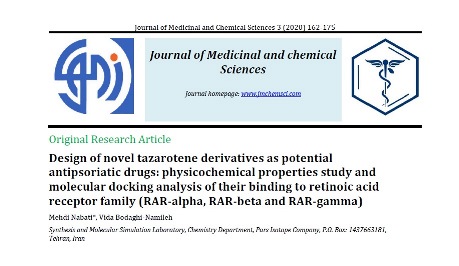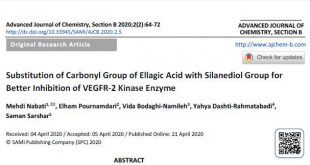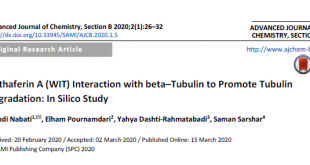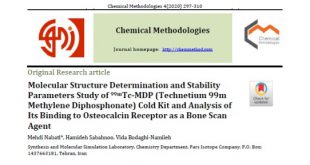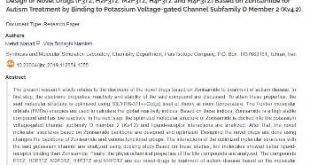Design of novel tazarotene derivatives as potential antipsoriatic drugs
What is Psoriasis?
Psoriasis is a prevalent chronic inflammatory skin condition afflicting about 2-4% of patients all over the world. Psoriasis is mostly characterized by the skin covered with red, well-defined, hardened plaques with silver and micaceous scale.
Complications associated with psoriasis are including psoriatic arthritis, cardiovascular disease, eye diseases, depression and other health conditions. There are no known definitive cures for psoriasis; therefore, treatments for psoriasis mainly focus on improving patient’s quality of life.
۷۰-۸۰% of psoriasis cases suffer localized and limited versions of the disease that are classified as mild to moderate and are mostly treated with topical therapies. Furthermore, topical treatments could be used as adjuvant therapy in moderate to severe psoriasis alongside systemic and photo therapy. Therefore, topical treatments offer high efficacy while maintaining safety in psoriasis patients as they minimize dose consumption and adverse effects.
What is Psoriasis treatment?
Topical treatment used for psoriasis are including corticosteroids, Anthralin and tars, topical vitamin D analogs, retinoids and miscellaneous therapies such as topical salicylic acid and 5-fluorouracil.
Although, the exact mechanism involved in psoriasis is not yet fully understood, various studies suggest alteration of vitamin A metabolism plays a significant role in the onset of this condition. Retinoids are vitamin A derivatives used both in systemic and topical treatment of psoriasis. Retinoids exert their effects by interaction with nuclear retinoid receptors, retinoid X receptor (RXR) and retinoic acid receptor (RAR) which both have three alpha, beta, and gamma subtypes.
Retinoids are categorized into three generations based on their structure. Retinoid molecules are generally composed of 1) a cyclic end group, 2) a polyene side chain and 3) a polar end-group. The different substitution at each of these groups defines retinoid’s generation. Tazarotene, is a third generation retinoid with polyaromatic structure which enhances its receptor specificity.
Tazarotene transforms into tazarotenic acid, its active form, which possesses high selectivity for RAR, specifically, beta and gamma subtypes.
Tazarotene attenuates psoriatic symptoms by regulating keratinocyte proliferation and differentiation. Furthermore, Tazarotene expresses a strong anti-inflammatory property which is of great importance in amelioration of psoriasis. Although Tazarotene is effective as monotherapy, it is mostly used in combination with corticosteroids or phototherapy.
The adjuvant therapy with topical corticosteroids in plaque psoriasis showed increased efficacy and a better skin tolerability.
Duobrii a corticosteroid and retinoid combination consisting of Halobetasol propionate plus Tazarotene received its FDA approval on 2019 for the topical treatment of plaque psoriasis.
New researches on psoriasis treatment
Nowadays, there are several known topical formulations used in treatment of psoriasis, including the Tazarotene compound which has already been proven to be effective against this condition.
In 2020, Dr. Mehdi Nabati and Dr. Vida Bodaghi designed new derivatives of the medicinal compound Tazarotene as a psoriasis treatment. In first step, Tazarotene and its designed derivatives were optimized by quantum mechanical computations. Then, the molecular docking of all optimized molecular structures with retinoic acid receptors family was analyzed. Finally, the physicochemical properties of the designed compounds were studied by ADME calculations. Based on the studied parameters, it was cleared that the CF3 derivative of Tazarotene can show the better properties than Tazarotene. Dr. Nabati strongly believes that this method of Tazarotene-based compound screening and evaluation will be of great interest in future endeavors in drug design and drug delivery.
For more information about design of novel tazarotene derivatives as potential antipsoriatic drugs, please read the following article:
 Iranian Chemist شیمیدان ایرانی
Iranian Chemist شیمیدان ایرانی
